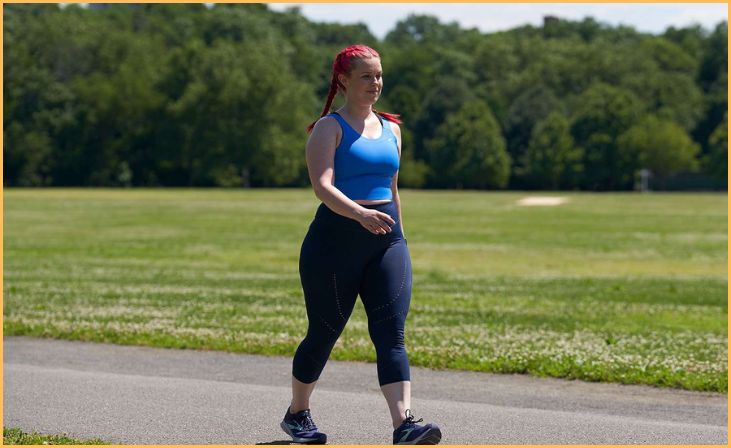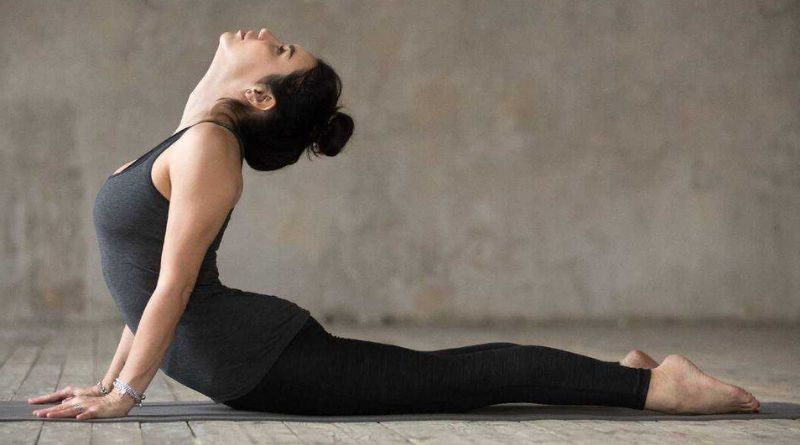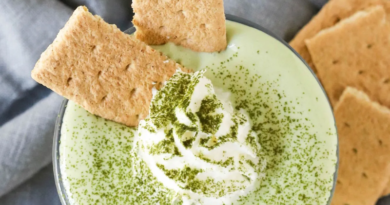Maintaining optimal blood sugar levels is a pivotal aspect of overall health and well-being. Within the confines of this article, we embark on an insightful journey to uncover the seven most effective exercises designed specifically to regulate blood sugar levels. This comprehensive guide is crafted with the intention of providing you with a detailed roadmap, facilitating the seamless integration of these exercises into your daily lifestyle.
Understanding the delicate balance of blood sugar is paramount, as it directly influences various physiological processes within the body. As we delve into the intricacies of these exercises, our goal is not merely to impart knowledge but to empower you with actionable insights that can significantly impact your health positively.
The seven exercises highlighted in this guide are carefully curated to cater to diverse preferences and fitness levels. From the simplicity of walking to the invigorating benefits of high-intensity interval training (HIIT), each exercise is explored in-depth, allowing you to make informed choices based on your individual needs and preferences.
7 Best Exercises To Control Blood Sugar
Walking

Walking is a simple yet effective exercise that can significantly contribute to controlling blood sugar levels. It is a low-impact activity accessible to people of all fitness levels, making it an ideal choice for those just starting an exercise routine or dealing with mobility issues. Regular brisk walking, for at least 30 minutes most days of the week, helps improve insulin sensitivity. This increased sensitivity enables cells to better absorb glucose, reducing blood sugar levels over time. Additionally, walking has the added benefits of promoting cardiovascular health, enhancing mood, and supporting overall well-being.
Also Read – 10 Essential Superfoods for a Healthy Pregnancy
Cycling
Cycling, whether outdoors or on a stationary bike, is a powerful exercise for managing blood sugar. It engages large muscle groups, contributing to improved insulin action and more efficient glucose utilization. Regular cycling sessions, incorporating both moderate and intense intervals, can positively impact blood sugar control. The cardiovascular benefits of cycling extend beyond glycemic regulation, promoting heart health and enhancing overall fitness. For individuals with joint concerns, cycling offers a low-impact alternative to traditional weight-bearing exercises, making it an inclusive option for various fitness levels.
Strength Training
Building and maintaining muscle mass through strength training exercises play a crucial role in controlling blood sugar levels. Muscle tissue is highly insulin-sensitive, and as muscles contract during resistance exercises, they utilize glucose for energy. This process improves insulin sensitivity, allowing better regulation of blood sugar. Incorporating weight lifting, bodyweight exercises, or resistance training into your routine, targeting major muscle groups, can lead to long-term benefits. Strength training not only aids in glycemic control but also supports bone health, metabolism, and overall functional fitness.
Swimming

Swimming is a full-body, low-impact exercise that can be particularly beneficial for individuals looking to manage blood sugar levels. The buoyancy of water reduces stress on joints, making it suitable for those with arthritis or other mobility issues. The rhythmic nature of swimming promotes cardiovascular fitness, leading to increased glucose uptake by muscles. Regular swimming sessions, whether in a pool or open water, contribute to improved insulin sensitivity and overall glycemic control. Additionally, the calming and meditative aspects of swimming can have positive effects on stress levels, which is essential for comprehensive diabetes management.
Yoga
Yoga, with its combination of physical postures, breath control, and meditation, offers a holistic approach to blood sugar management. The practice of yoga has been associated with reduced stress levels, and stress management is a critical component of maintaining healthy blood sugar levels. Certain yoga poses specifically target abdominal organs, stimulating the pancreas and potentially enhancing insulin production. Moreover, the focus on mindfulness in yoga can lead to better self-awareness and healthier lifestyle choices, including dietary habits. Regular participation in yoga classes or incorporating a yoga routine at home can be a valuable addition to a comprehensive diabetes care plan.
High-Intensity Interval Training (HIIT)
High-Intensity Interval Training (HIIT) is a time-efficient and potent form of exercise that can positively impact blood sugar regulation. HIIT involves short bursts of intense physical activity followed by brief rest periods. This approach has been shown to enhance insulin sensitivity, allowing cells to absorb glucose more effectively. The intensity of HIIT also leads to an “afterburn” effect, where the body continues to burn calories and regulate blood sugar levels even after the workout has ended. However, it’s crucial to approach HIIT cautiously, especially for beginners or individuals with certain health conditions. Consulting with a healthcare professional before incorporating HIIT into your routine is advisable to ensure safety and effectiveness.
Dancing

Dancing is a fun and engaging way to incorporate physical activity into your routine while reaping the benefits of improved blood sugar control. Whether you join dance classes or simply dance at home to your favorite music, this activity provides both cardiovascular and muscular benefits. Dancing involves a variety of movements, working different muscle groups and promoting glucose uptake. The social aspect of dancing can also contribute to mental well-being and stress reduction, factors that play a crucial role in blood sugar management. Whether it’s salsa, hip-hop, or ballroom dancing, finding a style that you enjoy can make regular exercise more enjoyable and sustainable. As with any exercise regimen, it’s essential to monitor blood sugar levels and consult with healthcare professionals, especially if you have pre-existing health conditions.
Also Read – Top 8 Foods to Remove Eye Dark Circles: Nourishing Your Skin from Within
Conclusion
Take charge of your health by arming yourself with the wealth of knowledge and practical tips generously shared in this guide. Integrating the seven best exercises detailed here into your daily routine is the key to unlocking a healthier and more balanced life. This deliberate step empowers you not only to manage but to master control over your blood sugar levels, ushering in a new era of enhanced overall well-being.
The journey towards optimal health starts with knowledge, and this guide serves as your compass, providing valuable insights into the significance of each exercise and how it contributes to blood sugar control. It’s not just about physical activity; it’s about understanding the synergy between your body and these exercises, creating a harmonious balance that positively impacts your health on multiple levels.
FAQs
A: While exercise is crucial, it should be complemented by a balanced diet and medication as prescribed by your healthcare provider.
A: Aim for at least 150 minutes of moderate-intensity weekly exercise, spread across most days.







